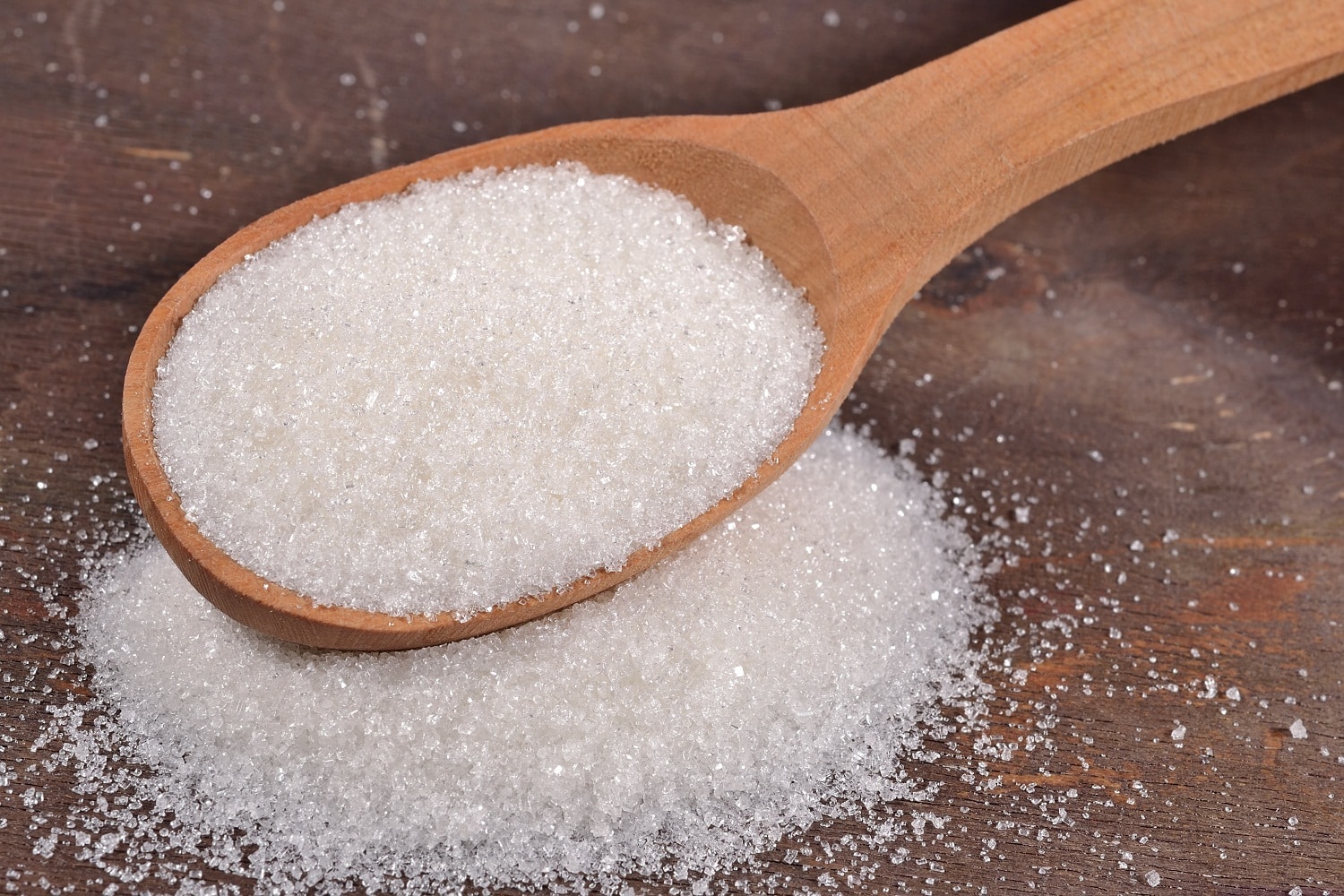Study Unravels Cancer’s Sugary Connection results
The metabolism of glucose, the central macronutrient, allows for energy to be harnessed in the form of ATP through the oxidation of its carbon bonds. This process is essential for sustaining all mammalian life. In mammals, the end product can be lactate or, upon full oxidation of glucose via respiration in the mitochondria, CO2.
The Warburg Effect, observed and documented for over 90 years and extensively studied over the past 10 years is a phenomenon wherein the rate of glucose uptake dramatically increases and lactate is produced in tumors and other proliferating or developing cells, even in the presence of oxygen and fully functioning mitochondria.
Now, a nine-year joint research project conducted by VIB, KU Leuven and VUB has elucidated the correlation between the strength of the Warburg effect and tumor aggressiveness.
The team has demonstrated that the metabolism of macrophages, a particular type of white blood cell, can be attuned to prevent the spread of cancer. The key is in making these macrophages more prone to ‘steal’ sugar from the cells forming the tumor’s blood vessels. As a result, these blood vessels will be structured more tightly, which can prevent cancer cells from spreading to other organs
.Johan Thevelein, Wim Versées, and Veerle Janssens started researching sugar’s link to cancer in 2008 to try and better understand what’s called the Warburg effect. The research “is able to explain the correlation between the strength of the Warburg effect and tumor aggressiveness,” Thevelein, from KU Leuven in Belgium, said in a release. “This link between sugar and cancer has sweeping consequences. Our results provide a foundation for future research in this domain, which can now be performed with a much more precise and relevant focus.”
Macrophages are types of white blood cells that attack foreign micro-organisms and remove harmful substances within the body. As a result, they are an essential part of our immune system. On top of their positive effect on pathogens, macrophages can also play a negative role in cancer biology. Indeed, tumors contain a lot of specific macrophages that play a decisive role in the formation of blood vessels. In tumors, these vessels traditionally have a chaotic and dysfunctional buildup. As a result, cancer cells are more likely to escape through the vessels, enter the bloodstream and invade other organs.
While properties of macrophages have already been studied extensively, it remained unknown whether changing their metabolism would impact their functions. The team of prof. Mazzone and Dr. Mathias Wenes investigated this by blocking a specific gene called REDD1 in the macrophages. This stimulated the cells’ glycolysis, the process by which they convert sugar into energy.
“We now reveal an evolutionarily conserved mechanism linking fermentation to activation of Ras, a major regulator of cell proliferation in yeast and mammalian cells, and prime proto-oncogene product,” the authors wrote. “A yeast mutant (tps1?) with overactive influx of glucose into glycolysis and hyperaccumulation of Fru1,6bisP, shows hyperactivation of Ras, which causes its glucose growth defect by triggering apoptosis. Fru1,6bisP is a potent activator of Ras in permeabilized yeast cells, likely acting through Cdc25. As in yeast, glucose triggers activation of Ras and its downstream targets MEK and ERK in mammalian cells. Biolayer interferometry measurements show that physiological concentrations of Fru1,6bisP stimulate dissociation of the pure Sos1/H-Ras complex. Thermal shift assay confirms direct binding to Sos1, the mammalian ortholog of Cdc25.”
Yeast cell research was essential to the discovery, as these cells contain the same Ras proteins commonly found in tumor cells, which can cause cancer in mutated form. Using yeast as a model organism, the research team examined the connection between Ras activity and the highly active sugar metabolism in yeast.
“We observed in yeast that sugar degradation is linked via the intermediate fructose 1,6-biophosphate to the activation of Ras proteins, which stimulate the multiplication of both yeast and cancer cells,” Dr. Thevelein noted. “It is striking that this mechanism has been conserved throughout the long evolution of yeast cell to human.”
Victoria Stevens, a cancer researcher with the American Cancer Society who was not involved in the study, said this research is great, but it comments only on “about one product made during the breakdown of glucose to produce energy.” In other words, it’s a small step in a long process.
“They are providing a potential way (the Warburg effect) could be a cause of cancer, but they are a long way away from saying this could actually happen,” Stevens said.
While it’s a monumental finding for the research team, it’s not a medical breakthrough. It also doesn’t prove that eating a low-sugar diet could change a cancer diagnosis.
“The findings are not sufficient to identify the primary cause of the Warburg effect,” Thevelein said in a release. “Further research is needed to find out whether this primary cause is also conserved in yeast cells.“






























